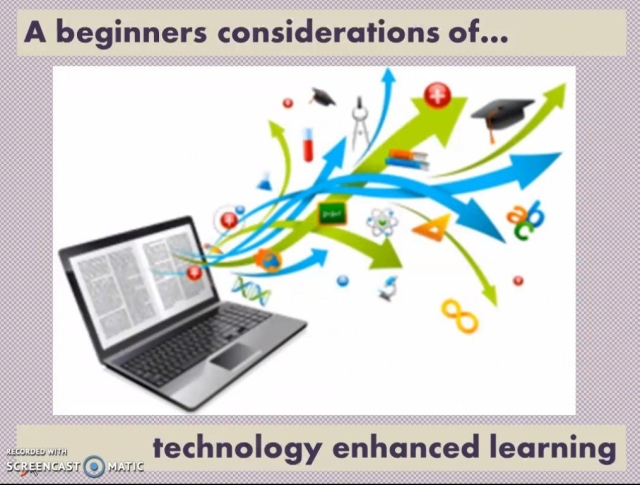On Monday 25th June Writtle University College held it’s annual Learning and Teaching Conference. Last year Prof Mick Healy and Dr Ruth Healy provided the keynote sessions around active learning and students as partners. The event was well received by staff so it was with a little trepidation that I planned the 2018 event. I wanted to provide a day that met the needs of lecturers but also promoted the objectives of the Learning, Teaching and Assessment Enhancement Strategy and fulfilled the requirements of the senior management team who wanted a session on embedding equality and diversity in teaching included.
I ended up with four themes that overlapped in meeting all these objectives – improving academic resilience in students, including equality and diversity in teaching, technology enhanced learning and learning spaces. The sessions would be very different the first led by an external presenter, the second would be delivered by me and would also be a demonstration of active teaching techniques. The TEL sessions would be six short sessions delivered in parallel sets of three delivered by a variety of staff. Finally the learning spaces would be delivered as a workshop with the staff investigating how we can improve learning by adapting/improving our learning spaces.
I am always a little nervous in the days before our annual Learning and Teaching Conference. Have I organised everything, speakers, room bookings, refreshments and so on? Will all the invited delegates attend? Are the sessions of interest and are they pitched at the right level? Luckily everything ran smoothly and the feedback from the day was very positive. I will address academic resilience in a separate post but what I want to tell you about here is the first time I have facilitated a session when the speaker is not there.
I had asked a colleague, Dr Zoe Barker, if she would run a session on using Moodle forums as part of assessment. This is something that Zoe had introduced to assess a debate within a module titled Advances in Animal Science. There was a 20 minute slot with the idea there would be a 15 minute presentation and 5 minutes for questions. It turned out that Zoe would be sailing in the Outer Hebrides on the day of the conference so instead she provided me with a link to a 15 minute video made with Screencast-o-matic. She had widened the remit to focus on a variety of technology she had used to enhance her teaching.

I had checked the sound worked in the room before the session, but I had not realised the sound quality was not very good. With the video turned up loud enough so that everyone could hear there was some crackle and background noise (which hadn’t existed when I had played it at my desk). It did make me wish I had done a full sound check but with the speakers being fixed to the wall, I am not sure there would have been anything that I could do about it anyway! What it has done is make me raise the issue with these speakers with our Media team and also to check that a full media audit of all rooms is carried out over the summer.
My concerns over facilitating a presentation where the speaker had not been present had largely been around how the delegates would engage. Even with the sound issues everybody appeared to remain focused throughout the presentation. Luckily Zoe had used plenty of images and her presentation also told an interesting story, which I think always helps. She had used the presentation to reflect on her experiences in preparing for module 2 of the PG Cert in Higher Education Practice. She also talked about the pedagogic rationale of what she was trying to achieve in the activities using the technology. She provided detail on why for certain activities some applications appeared better than others. It was this richness in detail which I think contributed to the audience staying on task during the 15 minutes video.

Overall I was pleased with the day and the level of engagement of staff. As ever the big challenge now is to see how it changes practice………
